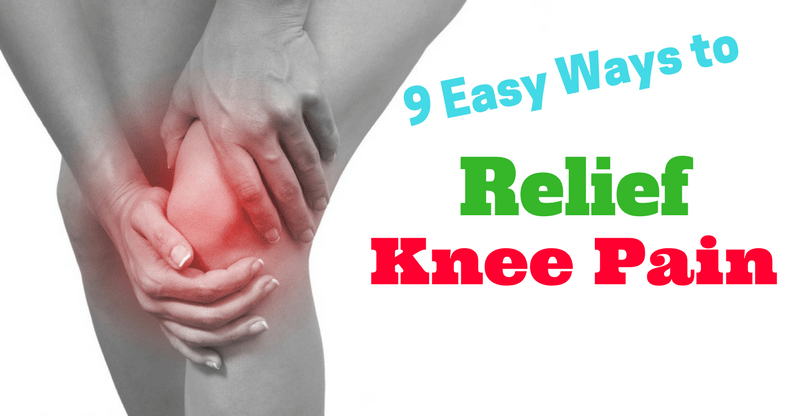Gout Pain Relief Fast: The Ultimate Guide to Quick and Effective Treatment
What are the fastest ways to get rid of gout pain. How can you relieve gout symptoms at home. What medications are most effective for treating gout attacks. When should you see a doctor for gout symptoms. How can you prevent future gout flare-ups.
Understanding Gout: Causes, Symptoms, and Risk Factors
Gout is a form of inflammatory arthritis characterized by sudden, severe attacks of pain, swelling, redness, and tenderness in the joints. It most commonly affects the joint at the base of the big toe, but can also occur in other joints such as ankles, knees, elbows, wrists, and fingers.
The root cause of gout is the buildup of uric acid in the blood, a condition known as hyperuricemia. When the body cannot effectively eliminate excess uric acid, it forms crystals that accumulate in the joints, triggering inflammation and intense pain.
Who is at risk for developing gout?
Contrary to popular belief, gout is not just a disease of the wealthy or elderly. It affects approximately 4% of Americans, making it the most common form of inflammatory arthritis. Risk factors for gout include:

- Genetics
- Age (risk increases with age)
- Gender (men are more likely to develop gout)
- Diet high in purines (found in red meat, organ meats, and certain seafoods)
- Obesity
- Alcohol consumption
- Certain medical conditions (e.g., high blood pressure, diabetes, kidney disease)
- Use of certain medications (e.g., diuretics)
Immediate Relief: Fast-Acting Strategies for Gout Pain
When a gout attack strikes, the pain can be excruciating and debilitating. Fortunately, there are several strategies you can employ to find relief quickly.
Over-the-counter pain relievers
Nonsteroidal anti-inflammatory drugs (NSAIDs) are often the first line of defense against gout pain. Options include:
- Ibuprofen (Advil, Motrin)
- Naproxen (Aleve)
- Aspirin (caution: may initially raise uric acid levels)
These medications can help reduce inflammation and alleviate pain, though it may take up to 24 hours for full effect.
Topical treatments
Applying topical treatments containing ingredients like capsaicin or menthol can provide localized pain relief. Products such as Aspercreme, Icy Hot, or Tiger Balm may offer temporary comfort when applied to the affected area.

Ice therapy
Applying ice to the inflamed joint can help reduce swelling and numb the area, providing quick relief. Wrap an ice pack or bag of frozen vegetables in a thin towel and apply to the affected area for 15-20 minutes at a time, several times a day.
Hydration
While not an immediate fix, staying well-hydrated is crucial for managing gout. Drinking plenty of water helps flush uric acid from the system and may prevent future attacks. Aim for at least 8-10 glasses of water per day, more if you’re experiencing a flare-up.
Prescription Treatments: When Over-the-Counter Options Aren’t Enough
In cases of severe gout pain or frequent attacks, prescription medications may be necessary. These treatments are typically more potent and targeted than over-the-counter options.
Anti-inflammatory medications
Prescription-strength NSAIDs like indomethacin or celecoxib may be prescribed for more effective pain relief. Colchicine, a medication specifically designed to treat gout, can be highly effective when taken at the first sign of an attack.
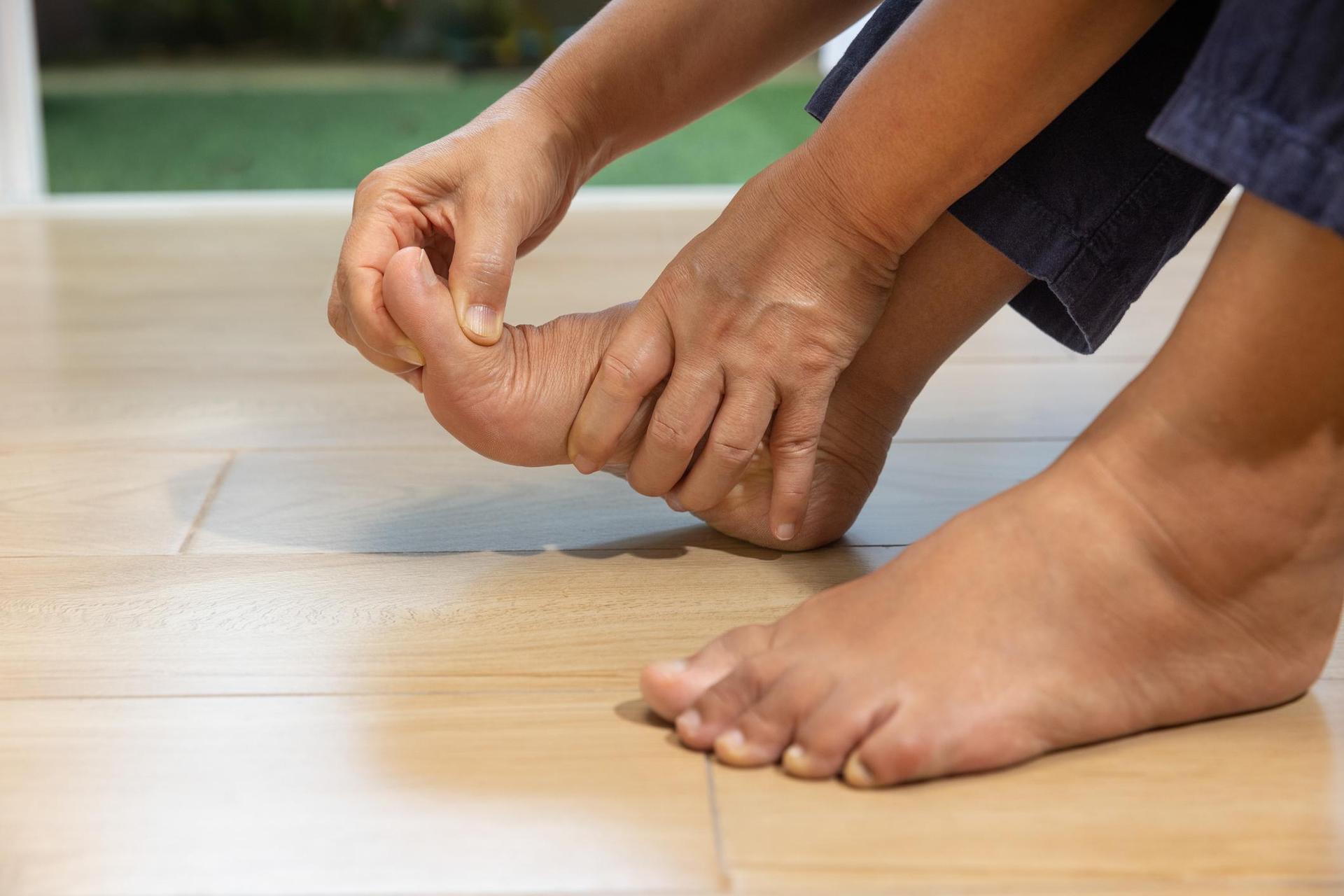
Corticosteroids
For rapid relief of severe gout pain, doctors may prescribe a short course of corticosteroids such as prednisone or methylprednisolone. While long-term use of these medications can lead to side effects, short-term use is generally considered safe and effective for managing acute gout attacks.
Long-Term Management: Preventing Future Gout Attacks
While quick relief is essential during a gout attack, long-term management focuses on preventing future flare-ups and reducing uric acid levels in the body.
Uric acid-lowering medications
Several medications can help lower uric acid levels and prevent gout attacks:
- Allopurinol (Zyloprim, Aloprim): Reduces uric acid production
- Febuxostat (Uloric): Reduces uric acid production
- Probenecid (Probalan): Increases uric acid excretion
- Pegloticase (Krystexxa): Used in severe cases when other treatments fail
These medications are typically started after an acute attack has subsided, as initiating treatment during a flare-up can sometimes worsen symptoms.
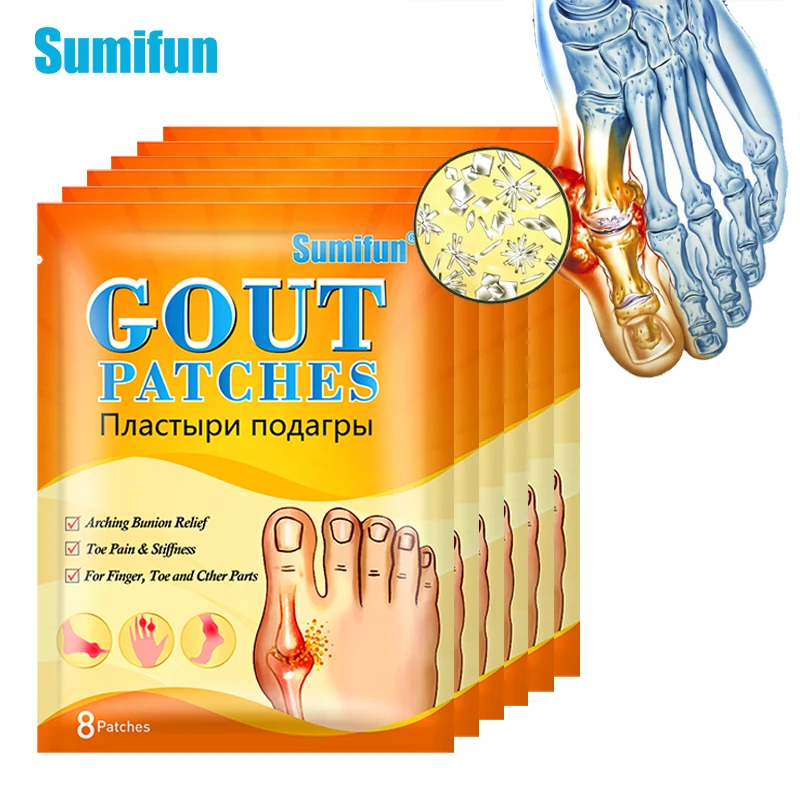
Dietary modifications
While diet alone may not be enough to prevent gout attacks in all cases, certain dietary changes can help reduce uric acid levels and minimize the risk of flare-ups:
- Limit high-purine foods (e.g., red meat, organ meats, certain seafoods)
- Reduce alcohol consumption, especially beer and spirits
- Avoid high-fructose corn syrup
- Increase intake of low-fat dairy products
- Stay hydrated with water and unsweetened beverages
Recognizing Gout Attack Warning Signs
Being able to identify the early signs of a gout attack can help you take action quickly and potentially reduce the severity of the flare-up.
Common warning signs
- Tingling or itching sensation in the affected joint
- Mild joint stiffness or discomfort
- Slight redness or warmth in the joint
- Decreased range of motion
If you experience these symptoms, consider taking preventive measures such as increasing fluid intake, avoiding trigger foods, and taking prescribed medications as directed by your healthcare provider.
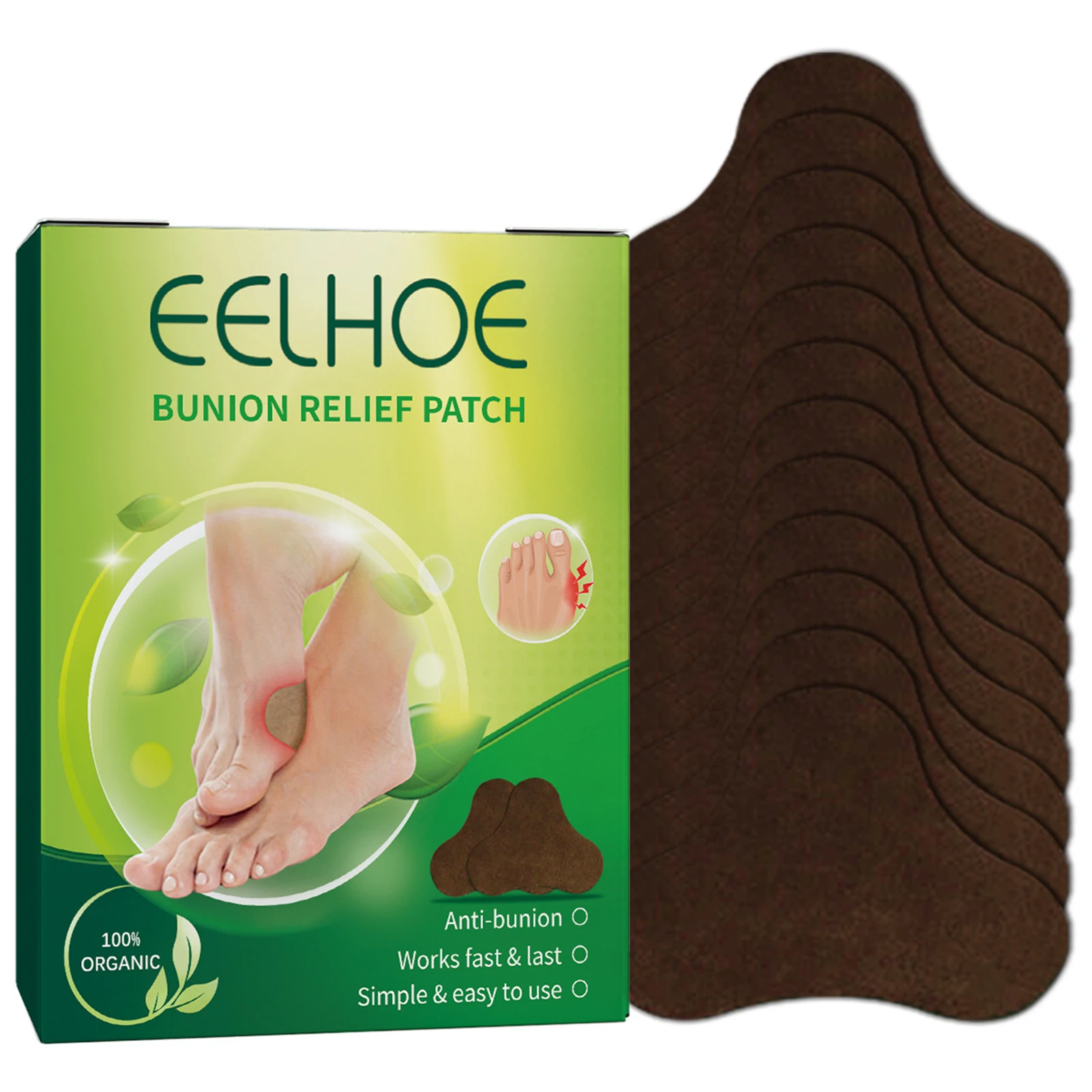
When to Seek Medical Attention for Gout Symptoms
While many gout attacks can be managed at home, certain situations warrant professional medical attention.
Signs you should see a doctor
- Severe pain that doesn’t respond to over-the-counter treatments
- Joint pain accompanied by fever or chills
- Redness or warmth extending beyond the affected joint
- Multiple joints affected simultaneously
- Symptoms lasting longer than 10 days
- Frequent gout attacks (more than twice a year)
If you experience any of these symptoms, consult with a healthcare provider promptly. They can assess your condition, rule out other potential causes, and develop an appropriate treatment plan.
Lifestyle Changes to Complement Gout Treatment
In addition to medication and dietary modifications, certain lifestyle changes can help manage gout and reduce the frequency of attacks.
Exercise regularly
Maintaining a healthy weight through regular exercise can help reduce uric acid levels and minimize stress on joints. Low-impact activities such as swimming, cycling, or walking are ideal for individuals with gout.

Manage stress
Stress can trigger gout attacks in some individuals. Incorporate stress-management techniques such as meditation, deep breathing exercises, or yoga into your daily routine.
Protect affected joints
During a gout attack, protect the affected joint by avoiding excessive movement or pressure. Use assistive devices if necessary, such as a cane or special footwear, to reduce stress on the joint.
Stay consistent with medications
If prescribed uric acid-lowering medications, take them consistently as directed by your healthcare provider. Skipping doses or stopping treatment can lead to fluctuations in uric acid levels and trigger attacks.
Emerging Treatments and Research in Gout Management
The field of gout treatment is continuously evolving, with researchers exploring new approaches to manage this painful condition more effectively.
Targeted therapies
Scientists are investigating treatments that target specific inflammatory pathways involved in gout. These therapies aim to provide more precise and effective relief with fewer side effects.
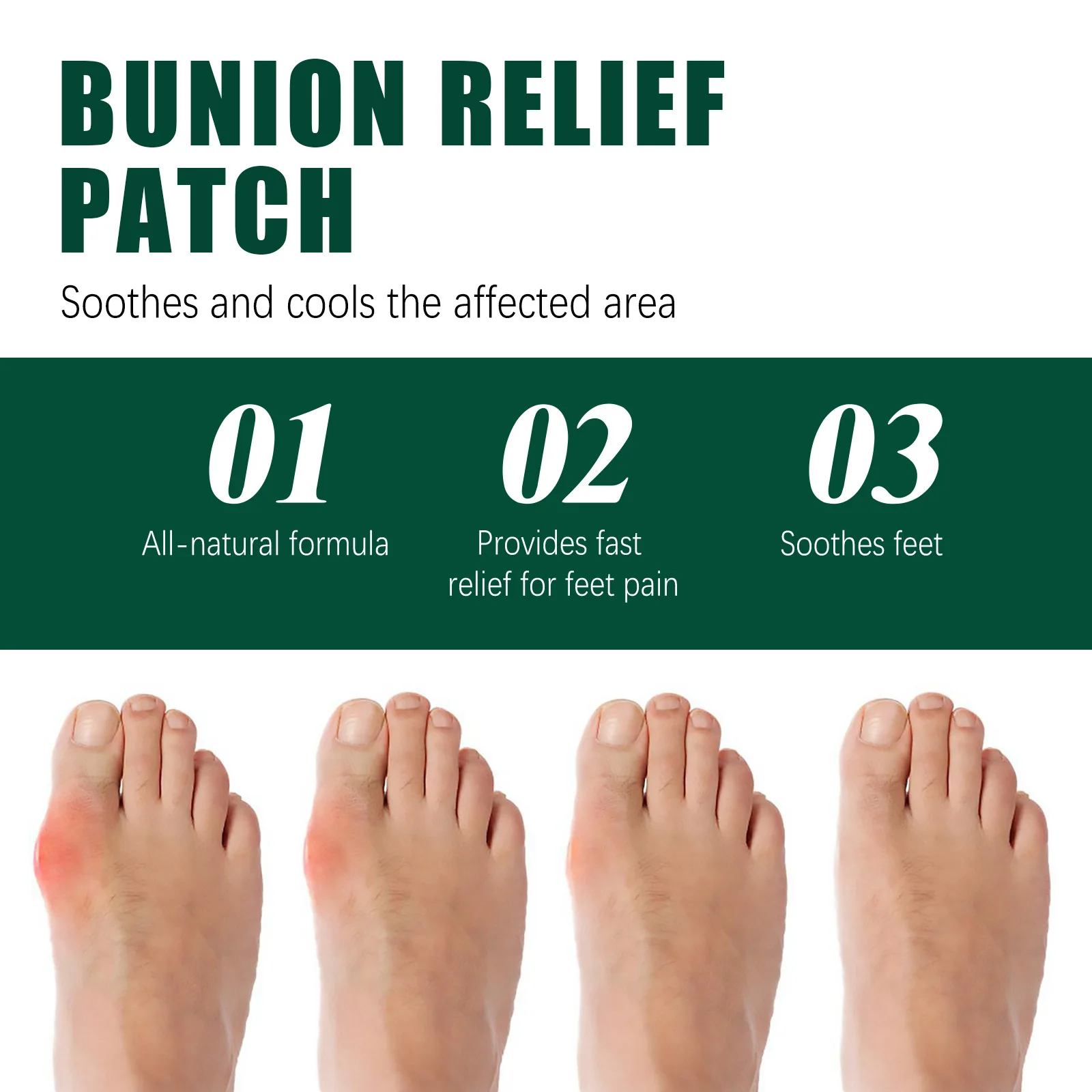
Genetics and personalized medicine
Advances in genetic research may lead to more personalized treatment approaches, allowing healthcare providers to tailor gout management strategies based on an individual’s genetic profile.
Alternative therapies
Some studies are exploring the potential benefits of alternative treatments such as herbal supplements, acupuncture, and dietary interventions in managing gout symptoms and preventing attacks.
While these emerging treatments show promise, it’s essential to consult with a healthcare provider before trying any new therapies or making significant changes to your gout management plan.
Living with Gout: Strategies for Long-Term Success
Managing gout is a long-term commitment that requires a multifaceted approach. By combining medical treatment with lifestyle modifications and self-care strategies, many individuals with gout can effectively manage their condition and minimize its impact on their daily lives.
Educate yourself and others
Learn as much as you can about gout and share this information with family and friends. Understanding the condition can help you make informed decisions about your health and ensure that those around you are supportive of your management efforts.
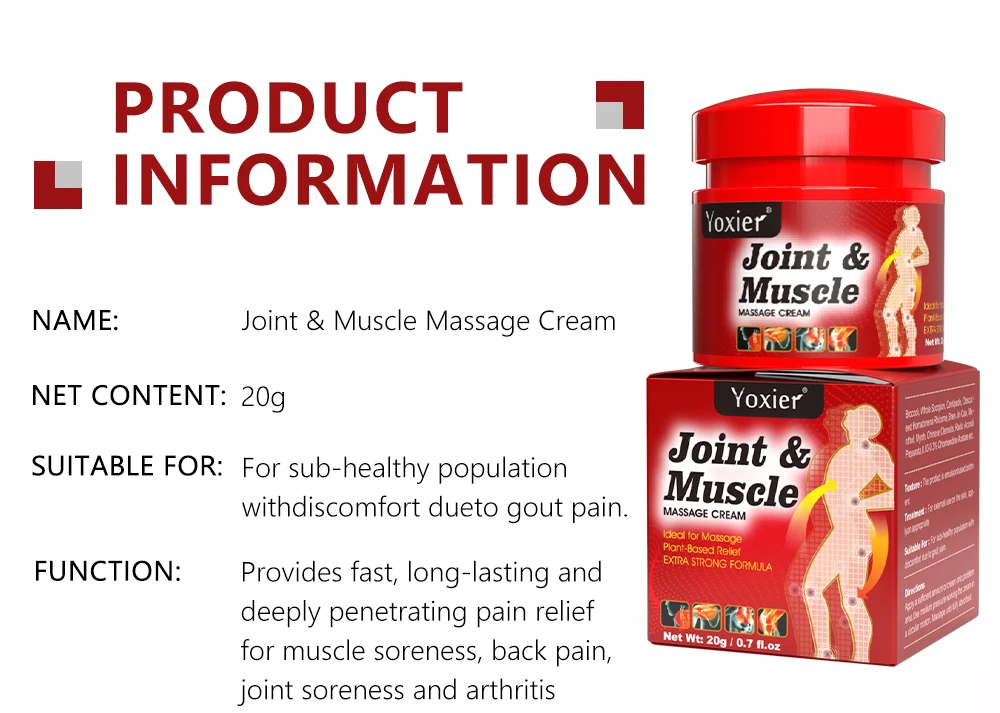
Monitor your uric acid levels
Regular check-ups and uric acid tests can help you and your healthcare provider track the effectiveness of your treatment plan and make adjustments as needed.
Be prepared for flare-ups
Keep a “gout kit” on hand with necessary medications, ice packs, and any other items that provide relief during an attack. This preparation can help you respond quickly when symptoms arise.
Join a support group
Connecting with others who have gout can provide emotional support, practical tips, and a sense of community. Look for local or online support groups dedicated to individuals living with gout or arthritis.
By implementing these strategies and working closely with your healthcare provider, you can effectively manage gout and maintain a high quality of life. Remember that while gout can be challenging, with proper treatment and lifestyle modifications, many individuals successfully control their symptoms and prevent frequent attacks.
What is the Fastest Way to Get Rid of Gout?
Gout is a painful type of arthritis that feels similar to the pain experienced with rheumatoid arthritis, as both diseases cause inflammation in the joints.
Gout is caused by a buildup of uric acid in the blood.
When the body cannot get rid of the excess uric acid, that buildup ends up accumulating as crystals in a joint, such as the big toe.
This creates swelling, redness, warmth, and severe joint pain in the affected area.
This condition has historically been seen as a disease that only affects old, wealthy men.
But in fact, gout is the most common form of inflammatory arthritis.
About 4% of Americans—more than 8 million people—suffer from gout.
Since gout can be caused by genetic, environmental, and lifestyle factors, anyone can get gout—even if they eat what would typically be deemed a healthy diet.
Attacks and flare-ups of the condition can be painful.
While there is no cure for gout, there are things you can do to get relief from the pain and inflammation.
In this article, I’ll talk about ways to get fast relief from a gout attack, treatment options for these flare-ups, and warning signs that an attack may be coming.
I’ll also tell you when it’s best to talk to your doctor or another healthcare provider about gout symptoms.
How to Get Fast Relief From Gout Attacks
Gout pain can be debilitating, and can prevent you from performing routine activities—even walking or standing can hurt.
That’s because many attacks start at the base of the big toe.
Pain and inflammation in this region can make walking or standing for long periods of time excruciating.
There are a few home remedies that may provide quick relief for a gout flare-up.
But if your pain is severe, sudden, or worsening, contact a healthcare professional before attempting any remedies at home.
Got Gout?
Try K Health and feel better fast. Doctors available 2/47:
- Fast: Chat with a doctor in minutes
- Easy: On your phone, on your schedule
- Reliable: Advice, prescriptions, and referrals
Get Started
Over-the-counter pain relievers
Nonsteroidal anti-inflammatory drugs (NSAIDs) like ibuprofen (Advil) and naproxen (Aleve) can help relieve gout pain and swelling.
It may take some time for the relief to kick in—anywhere up to 24 hours.
Topical rubs containing capsaicin or other soothing ingredients (like aspercreme, Icy Hot, etc.) can help with both pain and inflammation when applied on the swollen areas.
Apply ice to the affected joints
One of the easiest natural ways to reduce inflammation in a gout attack is by applying ice to the affected area.
Ice may also help numb the pain in the affected area.
Drink plenty of water
This won’t likely provide immediate relief, but inadequate hydration is known to contribute towards the creation of urate crystals.
Drinking water may flush uric acid crystals out of your system.
Preliminary research suggests that adequate water consumption during the 24-hour period before a gout flare can decrease recurrent gout attacks.
Prescription Treatments
If your gout pain is unbearable even with the recommended over-the-counter treatments, prescription anti-inflammatories like Indomethacin and Colchicine may be needed.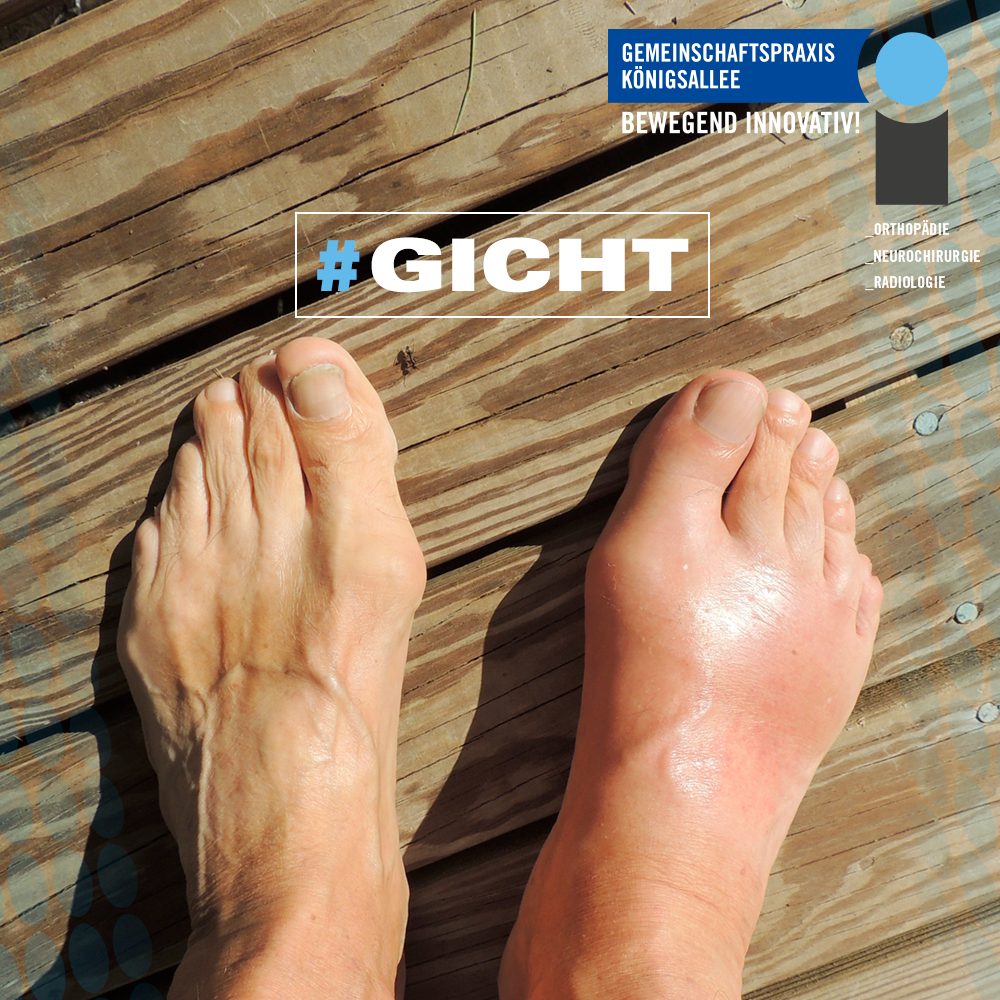
A short course of a corticosteroid like prednisone or methylprednisolone can also be helpful.
While long-term use of corticosteroids can cause some problematic side effects and health issues, short-term use is generally considered safe.
If your gout symptoms are severe and not improving with over-the-counter and home remedies, speak with a doctor or healthcare provider to see if a prescription treatment may be helpful.
Treatment for Chronic Gout
If you have chronic gout, you may need more than quick relief.
You’ll also likely need a long-term treatment plan to prevent future attacks.
Below are a few treatment options that your doctor may recommend.
Medications for gout
Usually, doctors will wait until a gout attack subsides before starting prescription medications.
This is because these drugs are designed to lower uric acid levels.
Sometimes that can cause existing crystals surrounding the joints to shift, exacerbating the flare-up.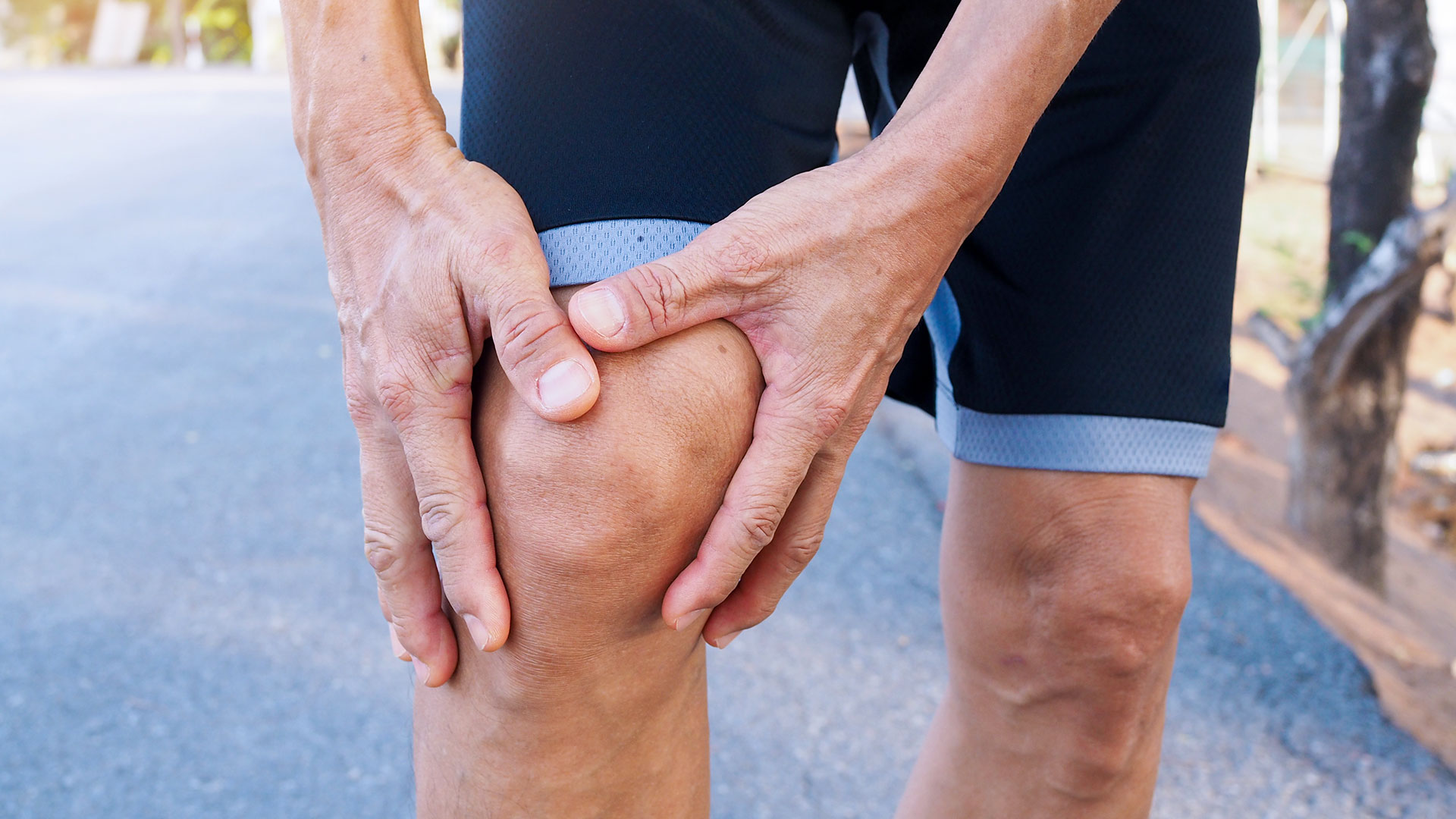
Once a flare-up has ended, your prescribed medication treatment plan can prevent future gout attacks.
Below are a few common medications for gout:
| Medication | Brand Names | Form | How It Works |
| Allopurinol | Aloprim, Zyloprim, Lopurin | Pill | Reduces how much uric acid the body produces |
| Febuxostat | Uloric | Pill | Reduces how much uric acid the body produces |
| Probenecid | Probalan | Pill | Acts on the kidneys to help the body eliminate uric acid via the urine. May be combined with Febuxostat. |
| Pegloticase | Krystexxa | Intravenous (IV) infusion | Reduces uric acid quickly with great intensity. Used when standard medications are unable to lower uric acid levels. |
Diet changes
Before modern medicine, doctors assumed dietary choices were to blame for gout attacks.
They weren’t wrong: A diet that’s high in purines—chemicals that are metabolized into uric acid—can cause gout flares.
Historically, gout was referred to as “the disease of kings” because a heavy purine diet一alcohol, organ meats, sugar一could only be afforded by the wealthy.
Common high-purine foods you may want to avoid if you have gout include:
- High fructose corn syrup: This includes snacks and sugary drinks like soft drinks.
- Alcoholic beverages: Consuming too much alcohol is dehydrating for the body and can increase uric acid levels in the body.
- Organ meats: Meats like liver and kidney are purine-rich foods that should be avoided.
- Red meat: Serving sizes of red meat should be limited.
Following a diet low in purines can help prevent gout flares.
If you’re unsure of what you should and shouldn’t eat, discuss meal plan options with your doctor or a dietitian.
Lifestyle changes
Experts recommend that adults engage in 150 minutes of exercise per week.
This can include low-impact activities that are easy on the joints, like walking, swimming, or biking.
Engaging in regular physical activity, along with eating a healthy diet, can help you lose weight.
Since obesity is a risk factor for gout, this could also reduce your risk of flare-ups.
Gout flare-ups tend to come on suddenly.
A flare-up will usually occur in one localized area—usually the big toe, but it can also affect other joints like the ankles, knees, elbows, wrists, or fingers.
Some symptoms you may experience include:
- Joint pain
- Inflammation
- Redness
- Swelling
- Loss of mobility
When it comes to gout prevention, get to know your family’s general medical history.
Genetics plays a big role in your chances of developing gout, so it’s a good idea to get familiar with your family history of gout.
Other risk factors include:
- Sex: Men are three times more likely than women to develop gout.
- Age: Men over 40 and post-menopausal women are more likely to develop gout.
- Weight: People who are obese are at a greater risk of developing gout.
- Medical conditions: People with high blood pressure, diabetes, insulin resistance, or heart and kidney diseases are at a greater risk of developing gout.
- Alcohol consumption: Alcohol is dehydrating. The risk of developing gout increases as alcohol consumption goes up.
If you have a family history of gout or fall into multiple risk factor groups, discuss prevention with your doctor.
A low-purine diet is typically recommended to help keep uric acid levels in your body low.
Got Gout?
Try K Health and feel better fast. Doctors available 2/47:
- Fast: Chat with a doctor in minutes
- Easy: On your phone, on your schedule
- Reliable: Advice, prescriptions, and referrals
Get Started
When to See a Doctor
If you are experiencing severe gout symptoms, seek care immediately.
Gout triggers and gout attacks are different for everyone, so a physician will be able to tailor a plan of treatment and prevention that works best for you.
How K Health Can Help
Did you know you can access online urgent care with K Health?
Check your symptoms, explore conditions and treatments, and if needed, text with a healthcare provider in minutes.
K Health’s AI-powered app is HIPAA compliant and is based on 20 years of clinical data.
Frequently Asked Questions
What is the best thing to drink if you have gout?
Water. Drinking plenty of water is best if you have gout. Other beverages recommended for gout patients include milk, tart cherry juice, and coffee—all in moderation.
Does walking on gout foot make it worse?
If you have a current flare-up, it is best to stay off the affected foot to avoid further trauma to the joints. However, once a flare-up subsidies, you should still be able to participate in low-impact activities like walking or swimming. Regular physical activity is encouraged for your health and gout prevention.
However, once a flare-up subsidies, you should still be able to participate in low-impact activities like walking or swimming. Regular physical activity is encouraged for your health and gout prevention.
What is the best thing for gout in the big toe?
If you have a gout flare-up on the big toe, rest and elevate your foot. You can try home remedies such as applying ice, taking over-the-counter pain medications, and drinking lots of water to help provide relief. If the pain is severe or worsening, contact your doctor.
K Health articles are all written and reviewed by MDs, PhDs, NPs, or PharmDs and are for informational purposes only. This information does not constitute and should not be relied on for professional medical advice. Always talk to your doctor about the risks and benefits of any treatment.
K Health has strict sourcing guidelines and relies on peer-reviewed studies, academic research institutions,
and medical associations. We avoid using tertiary references.
We avoid using tertiary references.
Treatment Options for Gout. (2017).
https://www.ncbi.nlm.nih.gov/pmc/articles/PMC5624445/Gout. (n.d.).
https://www.arthritis.org/diseases/goutGout.
 Epidemiology of gout. (2010).
Epidemiology of gout. (2010).
https://www.ncbi.nlm.nih.gov/pmc/articles/PMC3046529/Gout and hyperuricaemia in the USA: prevalence and trends. (2019).
https://pubmed.ncbi.nlm.nih.gov/31168609/Gout.
 (2010).
(2010).
https://www.cdc.gov/arthritis/basics/gout.htmlAlcohol quantity and type on risk of recurrent gout attacks: An internet-based case-crossover study. (2014).
https://www.ncbi.nlm.nih.gov/pmc/articles/PMC3991555/Nonpharmacological Management of Gout and Hyperuricemia: Hints for Better Lifestyle.
 (2015).
(2015).
https://www.ncbi.nlm.nih.gov/pmc/articles/PMC6125106/
Best Ways to Find Immediate Gout Pain Relief
December 20, 2022
5 min
Medically reviewed and edited by Dr. Jonathan Guirguis
Summary
- Gout is an incurable condition that can be managed with lifestyle and dietary changes, in addition to medication, such as anti-inflammatory drugs.
- People who’ve experienced an acute attack of gout may have flare-ups throughout their lives.
- There are simple tips to prevent gout flare-ups, including avoiding your triggers and making lifestyle and dietary changes.
- Though gout is not life-threatening, it can lead to serious health complications.

According to the Alliance for Gout Awareness, around 9 million Americans have gout — and 4.5 days of work are missed each year by those affected by the condition.
People with gout have an increased risk of other conditions, such as cardiovascular disease and chronic kidney disease. In addition, other comorbidities — such as erectile dysfunction and osteoporosis — have also been reported by those with gout.
Research shows that gout is on the rise in the U.S., U.K., New Zealand, and China, with men being more likely to develop the condition than women.
In this article, we’ll go into detail about gout, what gout pain feels like, gout pain relief, available treatment options, and preventative measures.
What is Gout?
Gout, sometimes called gouty arthritis, is a type of inflammatory arthritis that causes a sudden onset of pain in the joints. Swelling, tenderness, and redness frequently accompany the pain.
While gout typically attacks the big toe, other joints may also be affected. A gout attack or gout flare-up may occur when triggered by certain foods or medications.
A gout attack or gout flare-up may occur when triggered by certain foods or medications.
Gout is caused by excess uric acid in the joints that causes pain and inflammation. This is known as hyperuricemia — a condition where too much uric acid is produced, or the body cannot expel enough uric acid due to, for example, impaired kidney function.
There is currently no cure for gout, but gout pain can be managed with the correct lifestyle adjustments and medication.
Key Point: What is Chronic Gout?
According to the American Kidney Fund, you are considered to have chronic gout if you:
- Experience two or more gout attacks annually
- Have more than one joint affected by gout
- Frequently experience gout pain
- Have only short breaks between gout attacks
- Have permanent joint damage, deformities, or stiffness
Which Parts of the Body Does Gout Affect?
Gout is a disease that attacks the joints. It typically occurs in one part of the body at a time, and the big toe is most often affected. This is because uric acid crystallizes in cooler temperatures, and because the big toe is furthest from the heart, it is often the coolest part of the body.
This is because uric acid crystallizes in cooler temperatures, and because the big toe is furthest from the heart, it is often the coolest part of the body.
Gout can cause severe pain, swelling, and tenderness in other parts of the body, such as the:
- Knees
- Ankles
- Elbows
- Wrists
- Fingers
- Lesser toe joints
What Causes Gout?
Gout is caused by an excess of uric acid in the body. If your kidneys cannot keep up with filtering the uric acid, it crystallizes in various joints, causing painful inflammation.
There are certain factors that greatly increase your chances of developing gout. The good news is that many risk factors are controllable and can be reduced with a few lifestyle and dietary changes — we’ll talk about these later on.
Gout Risk Factors
You increase your chances of uric acid buildup (hyperuricemia) if you:
- Are overweight or obese
- Are male
- Consume too much alcohol
- Use certain medications
- Consume too much sugar, especially foods containing high fructose corn syrup
- Consume purine-rich foods, such as seafood and red meat (especially organ meats)
- Have certain comorbidities, such as high blood pressure, diabetes, or congestive heart failure
What Does Gout Pain Feel Like?
Gout pain may vary depending on the severity of the flare up, but a sudden gout attack — sometimes also called an acute attack — typically happens at night.
Gout flare ups are characterized by:
- Sudden, intense pain in one or more joints
- Burning or tingling sensations in the affected joints
- Unbearable pain when even the slightest pressure is applied to a joint
- A difficulty or inability to move certain joints, which may result in limited range of motion
- Pain and swelling in and near the affected joint
- Heat and tenderness around the joint
Key Point: Why Do Gout Flare-Ups Happen at Night?
Because we lose moisture through breathing and sweating while we sleep, the water content of our blood decreases.
When we lose water, the concentration of uric acid increases, which leads to excess uric acid in the joints.
In addition, nighttime temperatures are lower, and uric acid crystals form easily in lower temperatures. Therefore the toes — being the coldest parts of our body — are commonly affected by gout pain.
What Causes a Gout Flare-Up?
Those who’ve experienced gout once in their lifetime will probably get gout flare-ups or recurrent gout attacks months or years later.
The warning signs of a gout flare-up are more or less the same as the symptoms of gout, such as warmth, pain, or swelling around a joint. That said, it’s quite normal to experience no symptoms between gout attacks.
However, if you know you’ve been overindulging in certain foods, you may expect an attack of gout pain.
Gout can flare up for several reasons. Knowing your gout triggers can help you prevent it from flaring up.
What are the main triggers of gout?
Gout affects people differently. Some people may be able to tolerate certain foods better than others, for example.
Keeping a log of what you eat and the medications you take can help you identify your triggers.
Some “foods” that trigger gout pain can include:
- Sugary drinks
- Purine-rich foods, such as red meat, and seafood like tuna and shellfish
- Alcohol
Some treatments, conditions, and diseases that can trigger gout include:
- Over-the-counter and prescription medications (including aspirin and high blood pressure medication)
- Surgery, injuries, or sickness that put strain on the body
- High blood pressure
- Kidney disease
- Diabetes
- Heart disease
- Being overweight or obese
- Losing weight too fast during restrictive diets
What are Some Complications of Gout?
Kidney stones
Those with gout are more prone to developing kidney stones, as crystals attract other elements to form stones in the urinary tract.
Gout flare-ups
Anyone who has had gout before can experience flare-ups afterward. If uric acid levels are not controlled through diet and lifestyle changes, gout can become chronic.
Joint damage
Repeated gout flares can greatly impact the joints and lead to permanent joint deformities. Depending on how bad the damage to the joints is, surgery may be required to fix them.
Increased risk of developing other disorders
High uric acid levels that cause gout can also increase the risk of many other disorders and diseases, including:
- Cardiovascular disease
- Diabetes
- Sleep apnea
- Kidney disease
- Depression
How Do I Relieve Gout Pain?
The moment you notice the first symptoms of gout pain, you should start treatment quickly as this decreases the severity of the episode and helps prevent any permanent joint damage.
There are some simple things you can do to relieve gout pain. When you see the first signs of gout, you should:
- Take medication to reduce pain.
 Over-the-counter medicines like ibuprofen can bring immediate gout pain relief. Do not take aspirin as this can worsen gout.
Over-the-counter medicines like ibuprofen can bring immediate gout pain relief. Do not take aspirin as this can worsen gout. - Stay hydrated. Drinking water will help your body expel excess uric acid.
- Lower uric acid production. Cutting down on foods that increase uric acid levels, like red meat and fish, can relieve gout pain.
- Take the pressure off the affected joint. For example, if your big toe is affected by gout, you can relieve the pain by leaning on a cane when you walk or keeping your foot elevated when sitting or lying down.
- Apply ice. Icing the affected joint can provide immediate gout pain relief and reduce inflammation.
- Contact your doctor. They can prescribe medication to lower uric acid levels and ensure that you’re on track with your gout management efforts.
Immediate Gout Pain Relief vs. Long-Term Gout Pain Relief
The measures listed above will help ease a gout episode by bringing relief, but if you really want to manage your gout pain and reclaim control of your life, you need to think long-term.
By making changes to your diet and lifestyle, you can decrease the risk of developing recurrent gout pain.
What Are Some Gout Treatment Options?
Use medication
There are a variety of drugs that can be used to treat gout. These include colchicine and corticosteroids.
You can also use medication to prevent gout complications. These medications reduce uric acid levels by preventing the production or aiding the removal of uric acid from your body. Some examples include allopurinol and probenecid.
Gout Treatment: Lifestyle Factors
You can control most of the lifestyle factors that contribute to gout by:
- Performing certain types of exercises regularly
- Lowering your stress levels (stress may be a trigger for gout in certain people)
- Avoiding activities that put strain on your joints
Key Point: Can Stress Cause Gout?
High stress levels may be associated with gout pain as there is less vitamin B5 in the body when it is under stress.
Vitamin B5, otherwise known as pantothenic acid, helps the body expel uric acid. When there is less vitamin B5, the body may not be able to get rid of excess uric acid. This uric acid then forms crystals in the joints, which leads to gout pain.
Diet for Gout
Following a healthy diet that includes all food groups in their proper proportions will improve your overall health and reduce the risk of many medical conditions, including gout.
However, if you have had gout and would like to prevent future flare-ups, you should follow this gout diet plan:
- Limit your alcohol intake or avoid alcohol completely.
- Low purine diet for gout: Follow a low purine diet (which entails avoiding certain foods, such as fish and organ meats).
- Consume more foods high in vitamin C, such as cherries and lemon juice.
Lose weight
When you carry less weight, you’ll take the stress off your joints and decrease your chances of flare-ups. Losing weight may also decrease your uric acid levels.
How To Prevent Gout Flare-Ups?
If you’re serious about avoiding gout attacks, you need to commit to healthy lifestyle changes.
Exercising regularly (choose activities that are gentle on your joints), reducing your alcohol intake, and eating a balanced diet will greatly reduce your chances of recurrent gout flare-ups.
Identify your triggers and try to avoid them. For example, it’s important to know how much tuna you can put in your salad — if any at all.
Being mindful of what you eat and how often you exercise will improve your overall health and also help you avoid gout pain.
Key Point: What are Some Tips for Exercising With Gout?
When your joints are affected by a disease, movement of any kind can feel painful or even unbearable. Exercise is important for overall health improvement, and it’s an effective way to prevent gout flare-ups; however, it must be done properly to avoid injury.
Here are a few tips you can follow to ensure you incorporate exercise safely into your gout treatment plan:
- Start with gentle, low-intensity exercises, like stretching.

- Incorporate aerobic exercises into your routine, such as swimming and cycling.
- Stay clear of high-intensity activities —especially during a gout attack or directly after a flare-up.
- Be mindful of hydrating while exercising—opt for water and avoid sugary drinks.
- Do not restrict your diet too much if you’re trying to exercise to lose weight, as this can increase the risk of a recurrent gout attack.
- If exercising is too painful or difficult, consult your doctor (you may require physical therapy before starting an exercise program on your own).
When Should I See a Doctor for Gout?
Although gout isn’t life-threatening, it can cause a variety of serious health complications. Untreated gout also contributes to joint deformities and a limited range of motion.
To avoid these issues, contact your doctor if any of the following symptoms appear:
- Pain in the big toe
- Sudden and severe pain at night
- Intense joint pain
- Joints that are tender, red, or inflamed
- Reduced range of motion
Where Can I Learn More About Gout Pain Relief?
Has that big toe been bothering you again? Are you tired of waking up in the middle of the night in unbearable pain? Don’t let a bad bout of gout pain get in the way of your quality of life. LifeMD is here to help.
LifeMD is here to help.
Whether you need fast relief or you want to make lasting changes to properly manage gout, LifeMD can help. Schedule a video appointment with a board-certified doctor or nurse practitioner.
Dr. Jonathan Guirguis
Dr. Guirguis attended Nova Southeastern University for medical school and stayed in South Florida to train in Internal Medicine. Born outside Chicago, he slowly made his way down south, settling in Texas with his wife and three children.
Talk
To A Doctor
Privacy Policy
LifeMD makes it easy to stay on top of your
health because talking to a doctor, filling your prescriptions, getting your
labs done—and more—are all easy and cost-effective.
Come discover a
healthcare solution built around you and your life.
Connect with a doctor now!
How to relieve the pain of gout
Gout is a disease in which, as a result of an increase in the content of uric acid in the blood, its salts begin to be deposited in the joints and surrounding tissues. As a result, inflammation develops, which is accompanied by acute attacks of pain. It usually affects men over 40 and women after menopause.
As a result, inflammation develops, which is accompanied by acute attacks of pain. It usually affects men over 40 and women after menopause.
The disease can affect almost any joint in the body, but the joints of the big toe are most affected. Less commonly, the feet, knees, ankles, and joints of the hands are affected. Very rarely – the spine. Why the disease develops and how to reduce its painful manifestations – we will tell further.
Pain caused by gout can cause nausea, heartburn and shortness of breath. The main symptoms of the disease include:
Also, with gout, dense nodules (tophi) are usually formed in the area of the auricles, calcaneal tendons and elbow joints.
In each individual case and with the course of the disease, the symptoms of gout appear differently. In the initial stages, the disease is almost asymptomatic, pain is rare and easily manageable. In the later stages of development, the disease causes more and more problems and the situation worsens with each new bout of pain.
There are 4 stages of gout development:
Let’s consider each stage in more detail.
1. Asymptomatic hyperuricemia
At this stage, the patient usually has no complaints, and the disease does not manifest itself in any way, but there is already a high level of uric acid in the blood. Not all patients with high levels of uric acid develop gout, but the higher the level, the greater the risk of getting the disease.
It is important to monitor the indicators in order to take the necessary measures in time.
2. Acute gouty arthritis
The second stage is accompanied by regular but tolerable pain and swelling against the background of excess uric acid in the body. Attacks of gout can start suddenly, usually at night, and last from 3 to 10 days. Then they disappear for several months or years, and then attack again. Constant monitoring of uric acid levels is required to prevent the development of seizures.
3.
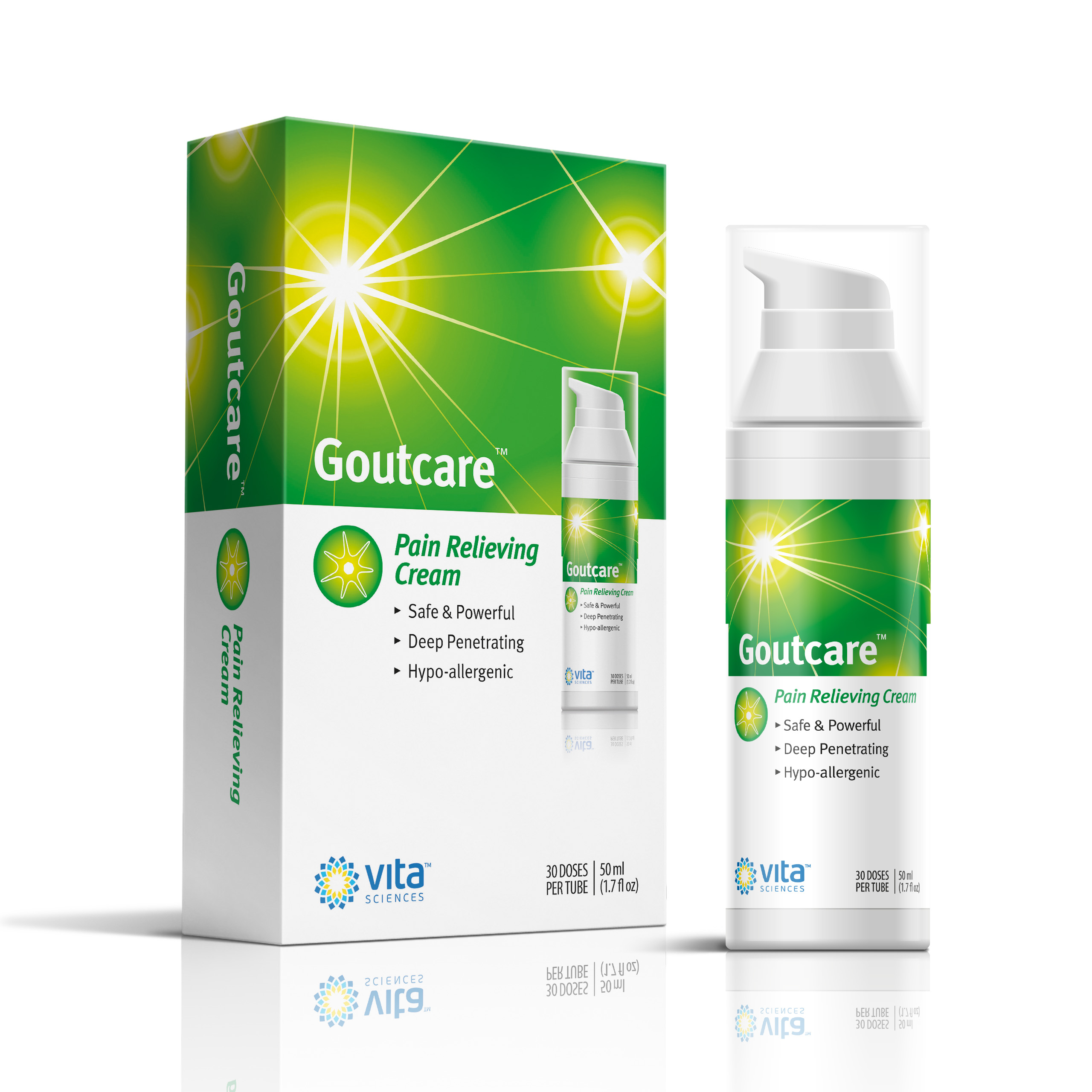 Intercritical period
Intercritical period
Gout develops but does not yet cause acute pain. Attacks are still rare and tolerable, but at the same time, the joint continues to deteriorate. A new attack can attack in months or years, and diet and special medications help prolong the period of remission.
4. Chronic tophi gout
The latest stage of gout development is accompanied by complications and destruction of the joint. There are more and more attacks and they attack more and more often. Gouty nodes – tophi – increase in size and damage the articular ligaments, cartilage, lead to bone deformities. In addition, at this stage, negative reactions occur in other organs: in particular, in the bladder and kidneys.
To confirm the diagnosis, a comprehensive examination of the body is required, after which the rheumatologist will be able to say for sure whether gout is present or not. The doctor takes an anamnesis and examines all joints. Modern methods of research and diagnostics help to distinguish this disease from diseases with similar symptoms.
The result of the diagnosis will be an understanding of which joints are affected, what is the size of gouty tophi and at what stage of development the disease is. What studies help determine the development of gout:
Unfortunately, if you have experienced gout once, it will always haunt you. It is impossible to achieve a complete cure. To improve the quality of life, you need to start treatment in a timely manner and radically change your lifestyle. If you take medication, listen to the doctor’s recommendations, follow the right diet and give up bad habits, you can significantly reduce the number and strength of pain attacks and avoid complications.
Only with an integrated approach can the symptoms of this disease be alleviated.
Let’s take a closer look at each treatment method.
Medical uric acid reduction
Reducing uric acid levels in 90% of cases helps to relieve symptoms and slow down the rapid deterioration of the joints. You may be prescribed the following medications:
You may be prescribed the following medications:
Pain relief for gout
Gout often causes severe pain, but it can be controlled with special medications:
Gout is associated with metabolic disorders in the body, so nutrition is important. Proper diet helps to reduce the amount of uric acid and slow the progression of the disease.
The menu is compiled by a doctor, taking into account the individual characteristics of the body and concomitant pathologies.
Foods for gout should not contain purines, which are converted into uric acid in the body. The most useful vegetables and fruits, so the food in patients with this disease is basically similar to the menu of vegetarians. The recipes are quite simple, but they need to be prepared correctly.
Experts consider diet No. 6 to be the most effective for gout, which was developed by the Russian nutritionist Mikhail Pevzner. Diet No. 6 is an almost complete rejection of animal products (except dairy), which are rich in purines. The diet should consist of vegetable soups, jelly, juices, fruit drinks, compotes and cereals.
The diet should consist of vegetable soups, jelly, juices, fruit drinks, compotes and cereals.
Basic Diet Rules No. 6
What not to eat with gout
| Food group | Products |
|---|---|
| Bakery products | Sweet pastries |
| Meat and poultry | Smoked, raw smoked and boiled sausages, sausages, sausages, meat of young animals, fatty pork meat, offal (lungs, liver, kidneys), canned food |
| Seafood, fish | Fatty, salted, smoked or fried fish (sardines, sprats, cod), caviar |
| Dairy products | Salted and spicy cheeses |
| Cereals | |
| Vegetables | Mushrooms, sorrel |
| Fruits, berries | Grapes, figs, raspberries |
| Ready meals | Meat, fish and mushroom broth , sorrel soup, as well as dishes with the addition of legumes and spinach, sauces based on of the above broths, mayonnaise |
| Sweets | Cakes, cream cakes |
| Fats | Margarine, lard |
| Drinks 900 91 | Any alcohol, especially beer and wine, coffee, cocoa, strong tea (although the drinks presented contain purines, they do not break down into uric acid, but have a strong diuretic effect that promotes dehydration) |
| Spices | Pepper, mustard, horseradish, hot spices |
What you can eat in limited quantities
| 87 | |
|---|---|
| Vegetables | Turnip, cauliflower, radish, spinach, asparagus, rhubarb, celery, pepper , green onions and parsley |
| Fruits, berries | Plums |
| Drinks | Tomato juice |
| Mea so and bird | Rabbit, chicken, turkey (maximum 2-3 times a week and not more than 150 g) |
What to eat with gout
| Products | Indications for use | |
|---|---|---|
| Bakery | Black or white bread, savory pastries oily fish (salmon, trout), squid | The diet includes boiled fish, it is advisable to drain the broth. |
| Milk, eggs | Low-fat milk, kefir, unsalted cheese, yogurt, sour cream, eggs (no more than 1 pc. per day), cottage cheese | It is recommended to dilute milk with water. |
| Cereals | Everything except legumes | Legumes are contraindicated because they contain a large amount of purines. |
| Vegetables | Dill, corn, beets, onions, garlic, potatoes, carrots, white cabbage, cucumbers, zucchini, eggplant, tomatoes, pumpkin (promotes metabolism) | Garlic is good for gout as it helps reduce inflammation. Vegetables are actively used during fasting days. Potatoes and cucumbers contain a lot of potassium, which enhances the excretion of uric acid from the body. |
| Berries, fruits | Oranges, tangerines, green apples, dates, persimmons, dried fruits (except raisins), strawberries, lemons, apricots, pears | Fruit should not be eaten in large quantities.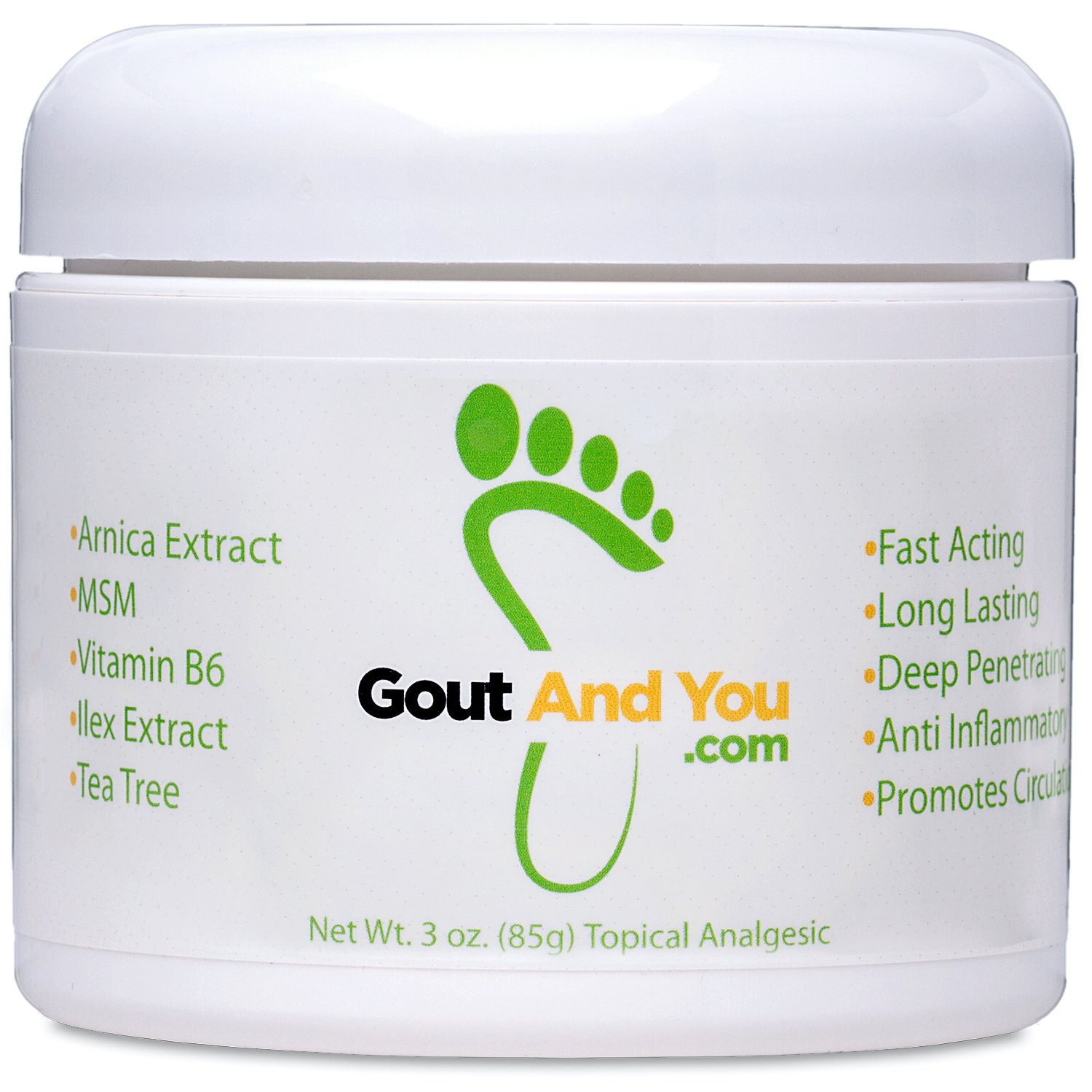 Food should be complete and varied. Food should be complete and varied. |
| Dishes | Cereals with milk, vegetarian borscht, potato soups with cereals, fresh and pickled vegetable salads, vinaigrette, vegetable caviar, vegetable, milk or sour cream sauce | Milk is recommended to be diluted with water. |
| Sweets | Marshmallow, marmalade, jam, marshmallow, non-chocolate, ice cream | |
| Fats | Any vegetable oil | |
| Spices | Vanillin, cinnamon, bay leaf, citric acid |
sports should be done carefully and only after consulting a doctor. An exercise therapy specialist will develop a set of exercises, taking into account your individual characteristics, stage and rate of development of the disease.
Physical exercises for gout are aimed at strengthening the muscles of the body, correct breathing and normalization of the metabolic process. Beginners should start doing joint gymnastics with simple exercises.
Beginners should start doing joint gymnastics with simple exercises.
What activities are allowed for gout
Principles of exercise therapy for gout
1 Hamburger M., Baraf H.S., Adamson T.C. 3rd, et al. 2011 Recommendations for the diagnosis and management of gout and hyperuricemia // PostgradMed. – 2011. – Vol. 123 (6), Suppl 1. – P. 3-36.
Gout
Consumption of large amounts of meat, fatty fish, alcoholic beverages. It is very important to follow the rules of what you can and cannot eat with gout; as a result of drug treatment – antitumor therapy, which increases protein metabolism; kidney disease and, as a result, a violation of the excretion of uric acid; As well as such diseases as: hypertension, high blood cholesterol and diabetes. And genetic predisposition.
Stages in the development of gout?
1. Asymptomatic course – can last for several years. People feel well and outwardly the disease does not manifest itself in any way. But, with a random examination, the concentration of uric acid will be increased in a biochemical blood test.
But, with a random examination, the concentration of uric acid will be increased in a biochemical blood test.
2. Acute gouty arthritis – an attack of severe pain occurs, as a rule, suddenly, at night, more often in the early morning hours. Pulsating, burning, unbearable pain in one of the joints is characteristic. The joint of the big toe is most often affected. In appearance, it is swollen, red and very painful. The attack lasts for several days, then the inflammation subsides.
3. The interictal period of this disease is characterized by the absence of any symptoms from the joint, however, the slightest provocative factor (eating error, alcohol consumption, stress, taking medications) can provoke a new attack.
4. Chronic changes in the joints – with each new attack, the tissue structure of the joint is disturbed. The joint changes its shape
5. Changes from other organs – uric acid salts are deposited not only in the joints, but also in other tissues. This is what gout is dangerous for.
6. May appear on the skin – tophi – these are white-yellow formations. They can be detected both on the joints and on other parts of the body, such as the auricle.
7. Deposits of uric acid crystals in the kidneys can contribute to the development of urolithiasis. Stones, damaging the kidney tissue, cause chronic inflammation, such as chronic pyelonephritis.
Gout diagnostics :
Assuming that the patient has gouty arthritis, a specialist (therapist, rheumatologist) will refer the patient to x-rays of the hands and feet, as well as to a biochemical blood test.
The doctor will notice characteristic gouty “punches” in the periarticular bones on x-rays of the hands and feet. A blood test will show an increase in uric acid levels.
Gout is very easy to treat and is not particularly difficult for a competent specialist, but without a diet there can be no question of recovery!
Therefore, within the next year, it is necessary to exclude from your diet the meat of young animals (lamb, veal), meat soups, broths and extracts, beef entrails, offal (this is the liver, kidneys, brains, lungs), jelly (jelly), sardines, herring , mackerel and alcohol.
In addition, it is necessary to limit the consumption of beef, lamb, poultry meat, ham, sausages (especially liver sausage), certain types of fish (sprat, sprat, cod, pike perch), porcini mushrooms and champignons, peas, beans, beans, radishes, colored cabbage, lentils, spinach, sorrel, asparagus, figs, oatmeal, cocoa, coffee and beer.
Without restrictions, you can eat: any cereal, except for oatmeal; bread, pasta, other flour; milk and dairy products, cheese of all varieties, sugar, sweets; eggs; any oil; a variety of fruits and vegetables; nuts of all kinds; vegetable and milk soups prepared from vegetables allowed for use, without meat and not on meat broth.
The treatment of gouty arthritis consists of two components: the treatment of an acute attack and the treatment of gout itself. In order to remove acute pain, non-steroidal anti-inflammatory drugs are used. And directly for the treatment of gout, in the absence of contraindications, for several months or years, a drug is used that reduces the formation of uric acid in the body.

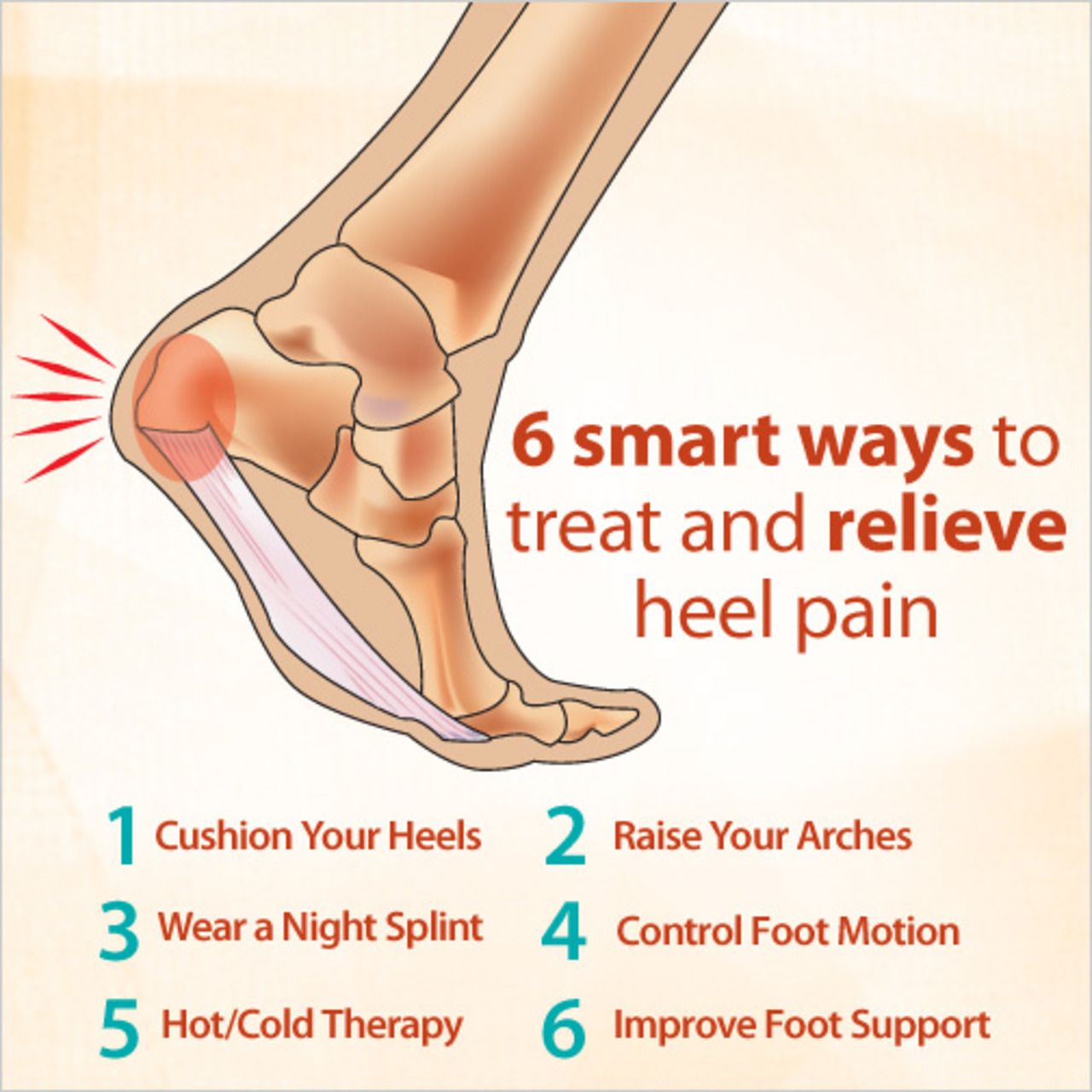 Epidemiology of gout. (2010).
Epidemiology of gout. (2010).  (2010).
(2010).  (2015).
(2015). 
 Over-the-counter medicines like ibuprofen can bring immediate gout pain relief. Do not take aspirin as this can worsen gout.
Over-the-counter medicines like ibuprofen can bring immediate gout pain relief. Do not take aspirin as this can worsen gout.